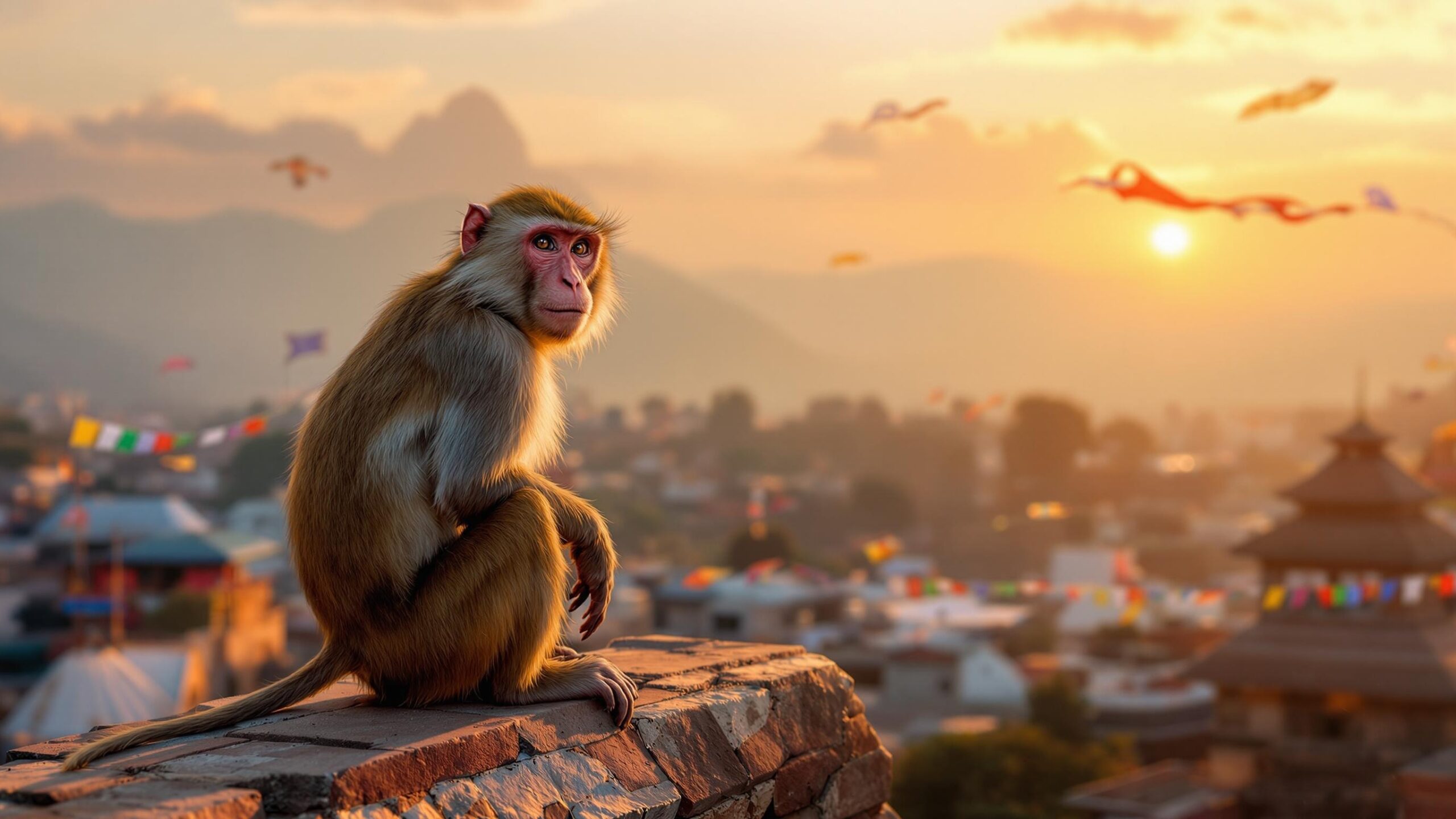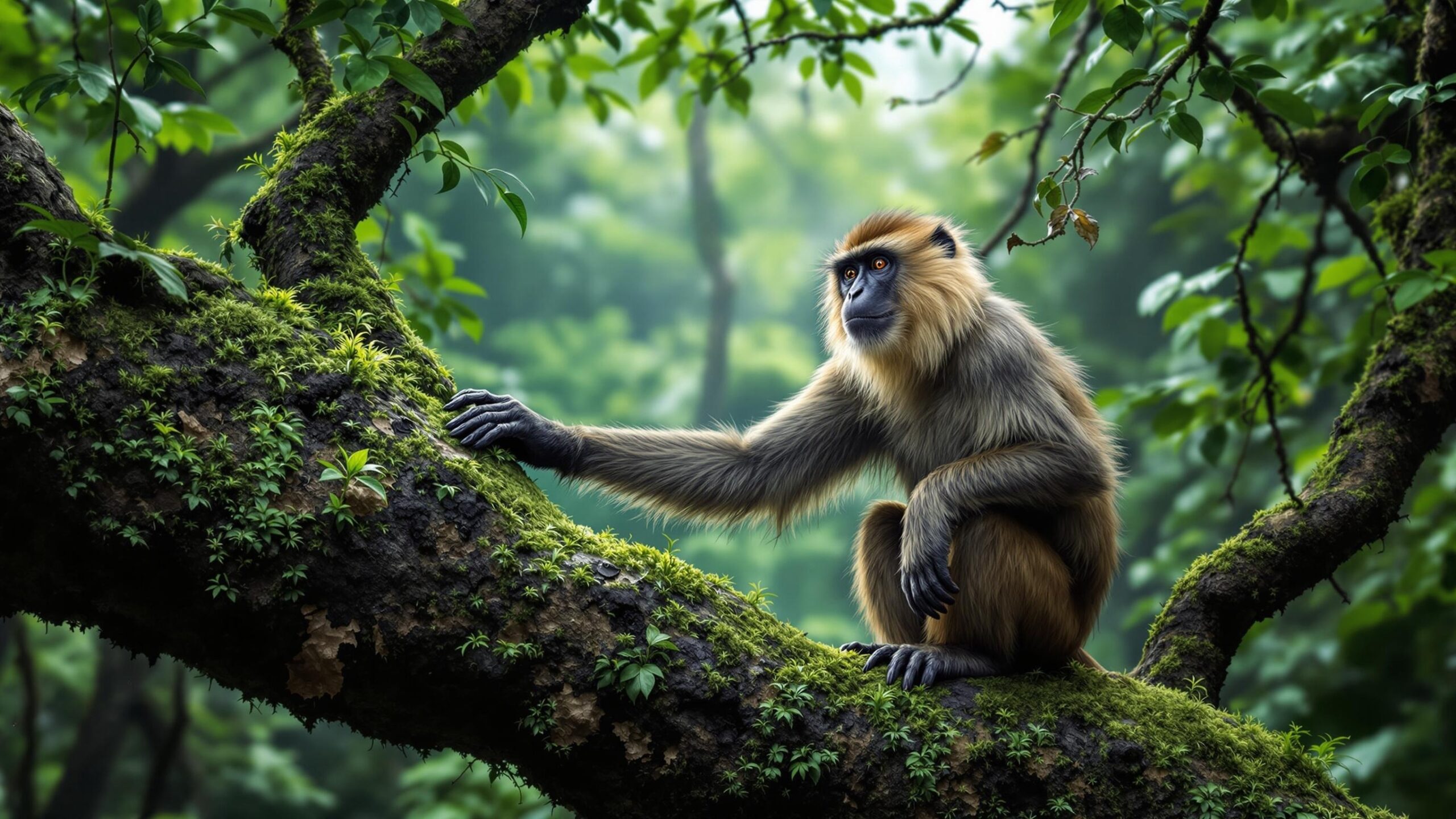Macaque: The Bold and Brilliant Primates of the Old World
From the bustling streets of South Asian cities to the snow-covered forests of Japan and the tropical rainforests of Southeast Asia, one primate has consistently astonished scientists and enchanted casual observers alike—the macaque. Belonging to the genus Macaca, these Old World monkeys are among the most adaptable, diverse, and widespread non-human primates on Earth. With over 20 recognized species, macaques are known not just for their intelligence and dexterity, but for their ability to thrive in remarkably varied environments.
Whether it’s the serene Snow Monkey soaking in hot springs in the Japanese Alps, or the clever Rhesus Macaque navigating urban jungles, macaques are examples of evolutionary resilience. This article dives deep into the fascinating world of macaques, exploring their biology, behavior, cultural significance, ecological roles, and the challenges they face today.
Taxonomy and Classification
Macaques are part of the family Cercopithecidae, a group of Old World monkeys native to Africa and Asia. The genus Macaca is incredibly diverse, encompassing species such as the Rhesus Macaque (Macaca mulatta), Japanese Macaque (Macaca fuscata), Barbary Macaque (Macaca sylvanus), and Long-tailed Macaque (Macaca fascicularis). This genus is divided into several species groups based on genetic and morphological traits.
Some of the more prominent species groups include the fascicularis group (e.g., Crab-eating Macaque), the sinica group (e.g., Toque Macaque), and the silenus group (e.g., Lion-tailed Macaque). Each species has evolved distinct adaptations suited to its unique environment, contributing to the macaques’ reputation as one of the most versatile monkey genera.
Physical Characteristics and Diversity
One of the most striking features of macaques is their physical diversity. While most species share certain hallmark traits—such as close-set eyes, prominent muzzles, and dexterous hands—their size, coloration, and tail length can vary considerably. The smallest species, the Toque Macaque, weighs just 5–9 kg, while the largest, the robust Stump-tailed Macaque (Macaca arctoides), can reach up to 15 kg.
The presence or absence of a tail is another point of distinction; for example, the Long-tailed Macaque has a lengthy, expressive tail, while the Barbary Macaque is virtually tailless, a feature that gives it a more “ape-like” appearance. Their fur color ranges from gray to brown to golden red, and their expressive faces often sport bare skin, which can flush with color during social displays or mating rituals. These monkeys have sharp vision and strong jaws, both important traits for their omnivorous lifestyle.
Habitat and Geographic Range
Macaques are native to a vast expanse of the Old World, from the highlands of North Africa and the Middle East to the tropical rainforests and mountainous terrains of South, East, and Southeast Asia. A few species have even adapted to life in temperate and alpine zones. Among the most famous of these is the Japanese Macaque, also known as the Snow Monkey, which lives further north than any other non-human primate.
These monkeys have been observed bathing in hot springs during harsh winters, a behavior that has captivated biologists and tourists alike. In contrast, the Rhesus Macaque and Long-tailed Macaque are frequent urban dwellers, commonly found near temples, cities, and villages. Their close proximity to humans has led to both reverence and conflict, especially where food or territory overlaps.
Diet and Foraging Behavior
Macaques are omnivores with an opportunistic diet. Their primary food sources include fruits, seeds, leaves, roots, insects, and small animals. Their keen intelligence and manual dexterity enable them to manipulate objects and even use simple tools in some contexts.
In the wild, macaques have been observed washing food before eating it, using rocks to crack open nuts, and even stealing and exchanging items for food—behaviors that highlight their cognitive flexibility. In urban areas, they are notorious for raiding garbage bins, stealing snacks from tourists, and adapting to human food sources with remarkable ease. Their cheek pouches serve as portable storage compartments, allowing them to collect food quickly and eat in safer locations away from predators or rival monkeys.
Social Structure and Communication
Macaques are intensely social animals, living in complex multi-male, multi-female groups that may range from a handful to over 100 individuals, depending on the species and environmental conditions. Their social systems are usually matrilineal, with females remaining in their natal groups for life while males often migrate upon reaching maturity.
Dominance hierarchies play a pivotal role in macaque societies. Alpha individuals, often determined by both strength and social alliances, enjoy better access to food and mates. These hierarchies are dynamic and can shift through subtle social interactions, grooming exchanges, and occasional conflicts. Communication is equally sophisticated. Macaques rely on a rich repertoire of vocalizations, facial expressions, and body postures to convey emotions and intentions. A fear grimace, for instance, communicates submission, while grooming serves to reinforce social bonds and reduce tension within the group.
Reproduction and Parental Care
Macaques typically reproduce seasonally, with mating periods varying depending on species and geography. Gestation lasts around five to six months, after which a single infant is born. Newborn macaques are dependent on their mothers for nourishment, warmth, and protection.
Mothers are deeply attentive, carrying their infants everywhere and providing constant care. In many species, other group members, especially juvenile females, may assist in caregiving—an early example of social learning and bonding. Infant macaques go through a prolonged development period during which they learn the nuances of group dynamics, foraging, and grooming. Play behavior is crucial for motor skill development and establishing future social roles.

Intelligence and Problem-Solving Skills
Few animals outside of the great apes rival macaques in terms of intelligence. Their capacity for problem-solving, memory retention, and tool use has been well documented in both wild and captive settings. Some species, like the Rhesus Macaque, are capable of understanding abstract concepts and learning through observation—a trait that has made them invaluable in scientific research. Experiments have shown that macaques can recognize themselves in mirrors (though this is rare), use touchscreen interfaces, and even display rudimentary arithmetic abilities. Their inquisitive nature and learning capacity often lead them to explore new environments and manipulate objects in surprisingly creative ways.
Cultural Significance and Human Interaction
Macaques have been entwined with human culture for centuries. In Hinduism and Buddhism, they are often revered—Hanuman, the monkey god in Hindu mythology, is a central figure symbolizing strength, loyalty, and wisdom. Macaques are commonly seen in temples across India and Southeast Asia, where they are fed and protected by local communities.
However, this closeness can also lead to friction. Urban-dwelling macaques frequently come into conflict with humans, especially when they become habituated to food handouts or raid agricultural crops. These interactions can escalate into aggressive encounters and pose public health concerns, particularly where disease transmission is a risk. Despite these challenges, many people continue to admire macaques for their charisma, social nature, and almost human-like behavior.
Conservation Status and Threats
The conservation status of macaques varies widely across species. Some, like the Rhesus Macaque and Long-tailed Macaque, are abundant and classified as Least Concern by the International Union for Conservation of Nature (IUCN). Others face more dire prospects. The Lion-tailed Macaque (Macaca silenus) of India’s Western Ghats, for example, is listed as Endangered, primarily due to habitat fragmentation and deforestation. Similarly, the Formosan Rock Macaque (Macaca cyclopis), native to Taiwan, is facing pressures from both habitat encroachment and genetic dilution due to interbreeding with escaped pets or introduced populations.
One of the primary threats facing many macaque species today is habitat loss. Expanding agriculture, infrastructure development, and logging continue to reduce the natural range of these primates. Illegal pet trade and poaching—often driven by demand for exotic animals—also contribute to population declines. That said, macaques’ adaptability has, in many cases, helped them persist where other primates have vanished. Conservation strategies that balance habitat protection with community engagement are proving effective in some regions. Responsible tourism, educational outreach, and regulated urban wildlife policies are essential tools in the broader effort to ensure their survival.
The Role of Macaques in Ecosystems
Beyond their interactions with humans, macaques play vital roles in their natural ecosystems. As seed dispersers, they help maintain forest biodiversity. Their foraging behaviors contribute to the shaping of plant communities, and their presence affects the dynamics of predator and prey relationships.
Macaques also influence other animal populations indirectly. In ecosystems where they are dominant, their behavior can suppress smaller competitors or attract predators that impact other species. These cascading effects highlight the importance of preserving macaques not just as charismatic animals, but as keystone players in their environments.
In Research and Medicine
It’s impossible to discuss macaques without acknowledging their extensive use in scientific research. The Rhesus Macaque, in particular, has been a mainstay in medical and psychological studies for decades. Their genetic similarity to humans—approximately 93%—has made them indispensable in vaccine development, neurology, reproductive biology, and cognitive science.
They played a key role in the development of the polio vaccine and, more recently, have been instrumental in research related to HIV, COVID-19, and other infectious diseases. This use, while scientifically valuable, also raises ethical questions, prompting a growing movement for more humane and alternative methods in biomedical research.
Looking Forward: A Future with Macaques
As human populations continue to expand, the future of macaques will depend largely on how societies choose to manage their interactions with these intelligent primates. Urban macaques are not going away—in many cities, they have become permanent fixtures. That presents both a challenge and an opportunity.
With thoughtful urban planning, public education, and coexistence strategies, it is possible to reduce conflict and foster a more harmonious relationship. In rural and forested areas, preserving natural habitats and creating wildlife corridors can help maintain genetic diversity and support healthy populations. Ultimately, macaques are survivors—bold, curious, and endlessly adaptive. Their story is not one of decline but of resilience, shaped by both ancient evolutionary forces and modern human choices.
Wild Hearts and Clever Minds
Macaques are far more than just monkeys—they are explorers, innovators, community-builders, and ecosystem stewards. Their story is a living reflection of nature’s ability to evolve, adapt, and flourish under ever-changing conditions. From the frost-laced peaks of Japan to the temples of India and the lush forests of Southeast Asia, macaques continue to capture our imagination. By appreciating their complexity and ensuring their protection, we are not only safeguarding a species but enriching our own understanding of what it means to share this planet with such intelligent, fascinating beings.

